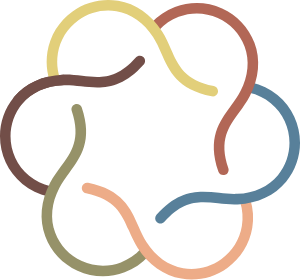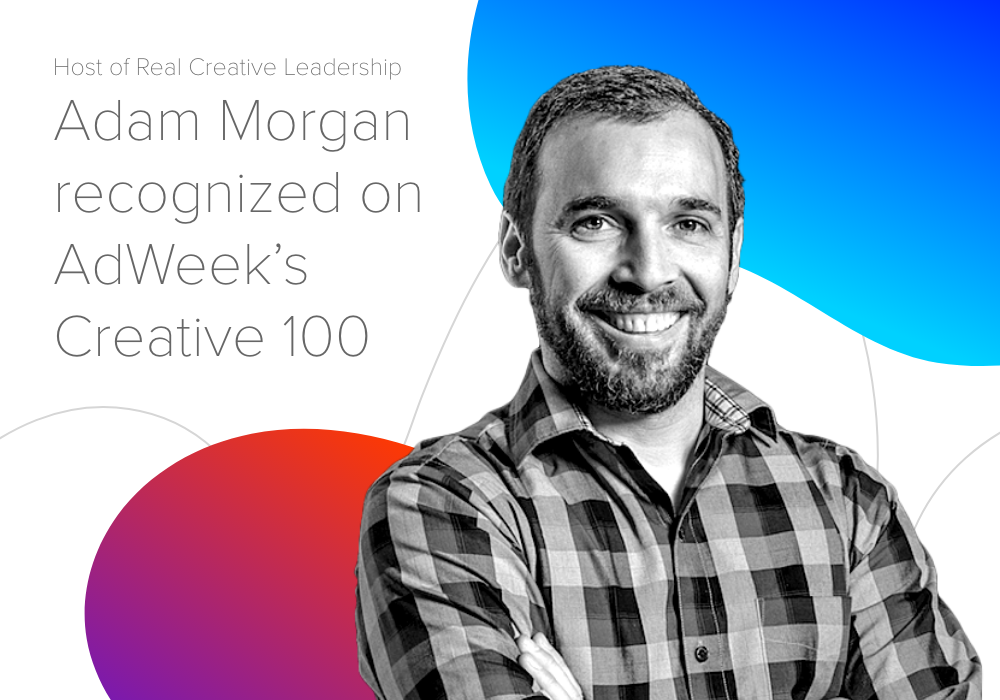Article Highlights:
Adam Morgan, host of Real Creative Leadership, has been named as a member of the Adweek Creative 100. In this Q&A you’ll explore:
- Adam’s thoughts on creativity and the role it plays in his career
- The growing community around Real Creative Leadership and why it matters in business
- How to push through a creative block and generate new ideas
It is an understatement to say that Adam Morgan wears many hats. He is the executive creative director at Adobe, a speaker, an author, and the host of Real Creative Leadership, a webinar and podcast collaboration with Stoke that is building a thriving community for creative leaders.
We like to make it easy and just say that Adam is the poster child for creative leaders, and it has been confirmed recently that Stoke isn’t the only one who thinks so.
Drum roll, please . . .
We’re thrilled that Adam has been named as a member of the Adweek Creative 100, a list of the most inspiring minds in marketing, media, and culture in 2020.
We can’t think of anyone more deserving. In our partnership with Adam, we’ve seen how thoughtful — and thought-filled — he is about creative careers and elevating their importance in business. This is what Adam had to say in a recent interview with me.
Congratulations on being named to the 2020 Adweek Creative 100 list. What is the importance of creativity and the role it has played in your career?
Thank you. You know, when I found out about this honor, my initial feeling was just shock. There are so many other great creative leaders in the industry and at Adobe that I work with. But then there was an overwhelming sense of gratitude and responsibility. I am really committed to continuing my mission of helping people grow as creative leaders.
I believe in creativity. I believe in big ideas. I think it’s important, so I try to champion it as much as I can. But the truth is, I don’t think anyone ever thinks that they are doing anything super creative.
I have a pragmatic approach to being creative. Over the years I’ve known a lot of creative people that are much more Zen about it than I am. I feel like I’m more calculating about it. I like to say I’m a “central brainer” instead of a “right brainer” or “left brainer.” I love exploring new ideas and new spaces, but I also have an analytical side where I’m breaking apart, “What does creativity really mean? What are the steps to make it happen? What do I have to do to get more out of creative pursuits?”
We’re big fans of your book, Sorry Spock, Emotions Drive Business. How did you decide to write this book about bringing together creativity and data in a successful way?
I tell a story in the book about an interaction with a client. I was presenting a bunch of billboards, and my client said, “You’ve got to prove to me why the creative ideas are going to work better than the straightforward ones, because my boss doesn’t believe in creativity. He doesn’t believe in marketing. He’s a sales guy.”
Later that year, I was planning for an annual retreat and I thought deeply about that request. How should creative professionals respond in that situation? I went and talked with my mentor about it, and in the middle of our conversation, he said, “Adam, this is a book, and you’re going to write it.”
I thought, “Yeah, right.” I had never written a book. I’d tried to write fiction books for 10 years and had failed. But somehow, deep in my psyche, that embedded this sense of responsibility in me to follow through. It turned into four years of research and writing, which at many points wasn’t fun, but it was always a topic I felt was so important to put out into the world.
Every creative hits a point where they feel they are in a creativity desert. What do you do when you feel you lack inspiration?
I call it the creative roller coaster. Everyone I’ve ever known, whether they were successful and deep in their career or just starting out, is on the creative roller coaster. You go from feeling you are at the top of your game down to wondering why you are even in the industry and feeling like you have no inspiration.
You don’t have to wallow in misery and depression and wait for insight to hit you. You can force it to happen.
I like to do these brain exercises to give my mind new fodder. For example, I used to go read a newspaper and circle every 10th word. Then, I would add those words to a list and try to force connections. Or, say you have to create an ad about the French Open. Make two lists: one with all the words you can think of that have anything to do with tennis and one with everything you can think of that has to do with France. Then look at your lists and start making cross connections. You may find the idea for your ad.
Real Creative Leadership is a collaboration between Stoke and you, Adam. Tell us about Real Creative Leadership. Why is this series important to you?
When you become a creative director, your job becomes so much more than the craft that you have been honing for years. There are so many other skills that you need to focus on. Do you understand business? Can you communicate with leadership? Are you good at building relationships and a positive working environment? Are you great at logistics like managing people and projects?
I’ve seen talented creatives who get more senior over time and then just get labeled as the creative director, and it goes horribly. They just weren’t prepared and didn’t have the skills.
That’s why we are doing Real Creative Leadership. We’re talking about how to get those skills, and we’re building a guide book of sorts for people moving into a role as a creative leader.
Creativity is a power, and we need more of it in the world and in business.
What creative projects can we look forward to seeing from you in the future?
My intent is to create a series of books dedicated to creativity and business. The first one is already out (read Sorry Spock, Emotions Drive Business) and is all about proving the value of creativity. The next one will be about building a team and an environment in a company that gives you the best chance for good creative output. Then, we’ll dive into why businesses need creativity and how it’s going to change business as we know it. The final book in the series will be why the world needs creativity … but that’s all still in progress.
For now, I’m focused on building our Real Creative Leadership series and helping that community learn and grow together. If you haven’t tuned in already, come join us!
Register to participate in the next webinar, and listen to past episodes of Real Creative Leadership.



